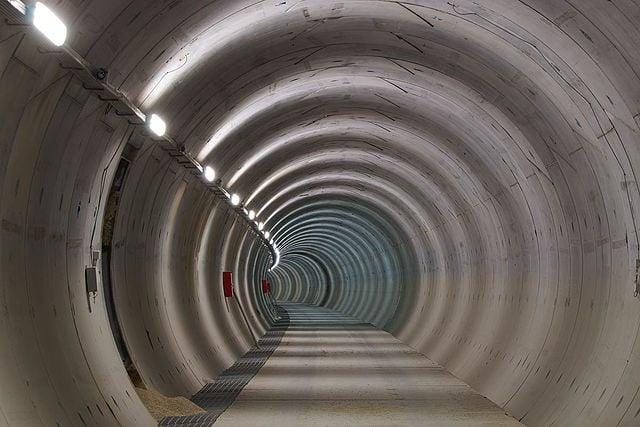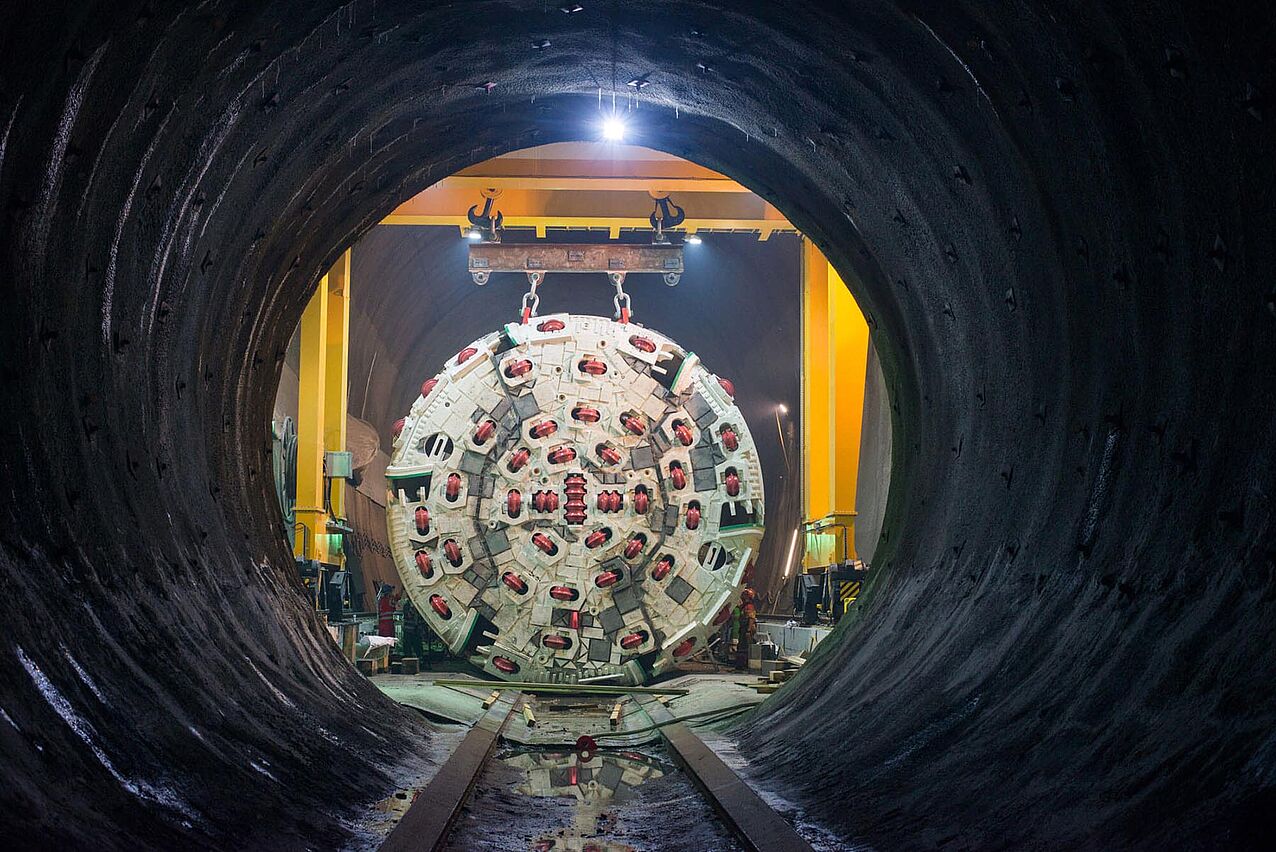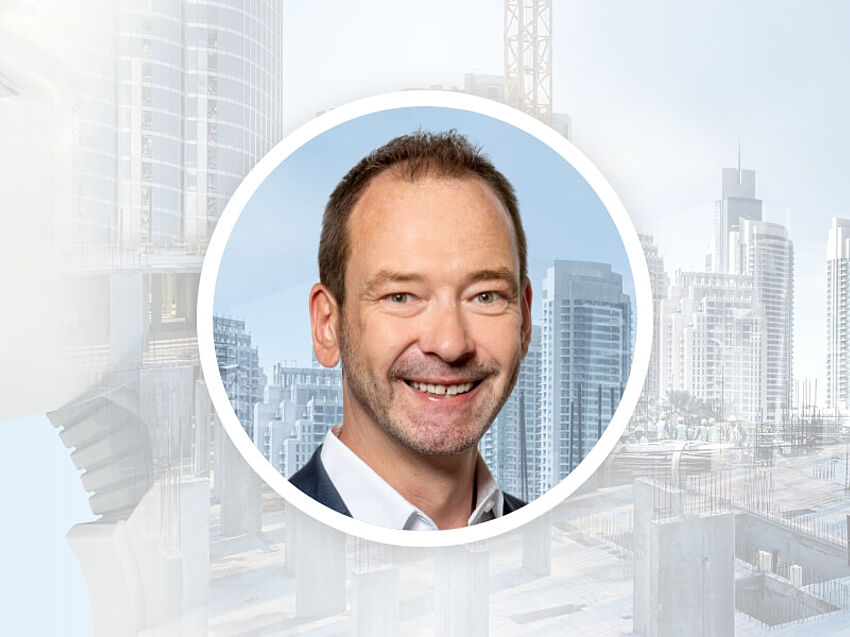AI in Construction: André Borrmann on Knowledge-Based Engineering
Engineering geology is particularly important with large infrastructure projects, such as in tunnel construction. Read this article to find out what geological challenges are faced.

Engineering geology, also called building geology, forms an interface between traditional geoscience, geotechnology and civil engineering. Engineer geologists investigate the material properties of rocks and their physical and mechanical properties. This allows them to make statements about the stability of mountain slopes and buildings. Their work thus forms the foundation for the planning and implementation of construction projects, reconstruction measures and safety measures. Their range of services spans from the creation of economical exploration concepts, to planning complex, underground infrastructure facilities to construction-accompanying consultation and documentation.
Building geological challenges using the example of the "Eisgrub tunnel"
Engineering geology in particular faces complex challenges in tunnel construction, as the example of the "Eisgrub tunnel" shows: In the time period from 2007 to 2009, a 2.2 km tunnel was created in Landshut, Bavaria as part of the expansion of the federal highway B15. The tasks of building geologists included, among other things, the creation of erosion profiles with difficult-to-forecast progression, geological and hydro-geological preliminary exploration, the creation of an exploration concept, the monitoring of exploration work, compliance with groundwater and soil protection guidelines, as well as the calculation of the slope stability.
The challenges in this infrastructure project in particular were in the heterogeneous subsoil, which was difficult to analyze due to the various types of rock. The calculation of the steep slope in a natural protection area requires special professional expertise. The FFH guidelines of the European Union also had to be taken into consideration here. Exploring slope stabilities in a detailed manner is particularly important in order to avoid damage such as rockfalls or landslides.
Brenner base tunnel: The longest tunnel in the world
Another example is the mega project of the "Brenner base tunnel." It runs from Austria under the Alps to South Tyrol in Italy over 64 kilometers. After its planned completion in 2026, it will be the longest railway tunnel in the world. The European Union is financing 40 percent of the nearly EUR 9 billion project. Austrian and Italian are assuming the remaining 60 percent. Geological preliminary exploration and continuous monitoring during the tunnel construction is of crucial importance with this major project in order to avoid cost explosions.
In collaboration with the Geological Survey of Austria in Vienna, the universities of Padua and Innsbruck have extracted a total of 32,000 meters of rock from the earth through boring and then examined these in the laboratory. The multi-phase exploration is also based on geological surface surveys and numerous deep drilling along the route. This makes it possible to create detailed forecast models. In the case of the Brenner base tunnel, in addition to a good surface mapping with exploratory drilling, the excavation of an exploratory gallery was very important in order to then create the two main tunnel tubes.

Predicting disturbances in due time
A complex construction project like the Brenner base tunnel with its multi-faceted geological conditions is subject to different disturbances that may impair the tunnel construction and thus cause additional costs. Challenges, such as underground flow systems, must be detected by engineering geologists in due time in order to adjust the construction process to them.
Architecture in harmony with the environment
The geological challenges based on these examples show how important engineering geology is in the construction industry. The building geologist acts as an architect of the ground to a certain degree who ensures a safe and stable foundation of tunnels and buildings and harmonizes architecture with the environment.




